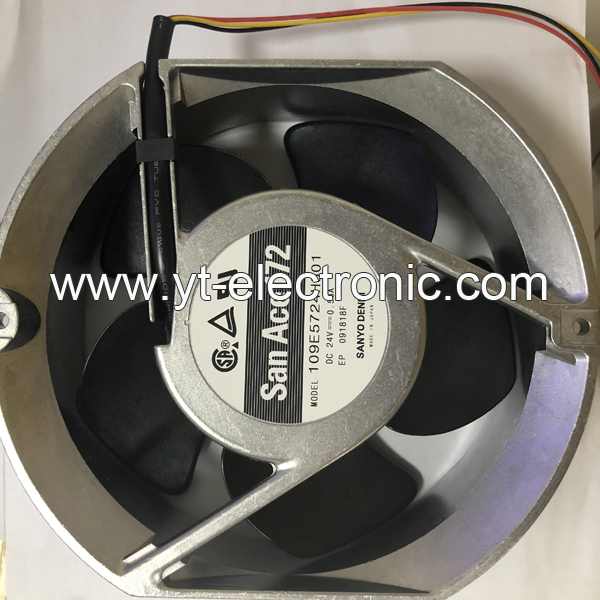Fans, Blowers, Thermal Management
1.What are Fans, Blowers and Thermal Management?
Fans and blowers: They are active heat dissipation devices that remove heat generated by components through forced air flow (thermal convection) to reduce local or system temperature.
Thermal management: Comprehensive use of heat dissipation design, material selection, and cooling technology to ensure that the temperature of components is within the safe threshold and ensure the stability and life of the equipment.
2. What is the working principle of Fans, Blowers and Thermal Management?
Active heat dissipation technology:
√Fans: Drive airflow through blade rotation, commonly used in general electronic devices (such as computers and servers).
√Blowers: Provide higher wind pressure and directional airflow, suitable for scenarios with limited space or centralized heat dissipation (such as avionics packaging).
Heat transfer mechanism: Heat is dissipated through three paths: thermal conduction (heat sink, thermal pad), thermal convection (forced airflow), and thermal radiation (high emissivity material).
3. Where are Fans, Blowers and Thermal Management Used for?
Consumer electronics: In mobile phones, computers, and other devices, fans are used to dissipate CPU/GPU heat and prevent performance throttling.
High-power devices: such as high-power chips and LED modules, require blowers or liquid cooling systems to cope with high heat flux density.
Harsh environments: In scenarios such as avionics, microblowers are preferred due to their low noise and low electromagnetic interference characteristics.
4. What are the Challenges of Fans, Blowers and Thermal Management?
Efficiency improvement: The heat dissipation effect can be enhanced by increasing the heat dissipation area, optimizing the air duct design, or increasing the fan speed, but the noise and energy consumption need to be balanced.
Reliability issues: Traditional fans may have a shortened life due to mechanical vibration and accumulation of pollutants, and need to be combined with a temperature control system to achieve dynamic adjustment.
5. What are the Development Trends of Fans, Blowers and Thermal Management?
Miniaturization and integration: The combination of micro blowers, heat pipes, and other technologies meets the efficient heat dissipation needs of small devices.
Intelligent temperature control: Combine temperature sensors with adaptive algorithms to achieve dynamic optimization of heat dissipation strategies.




